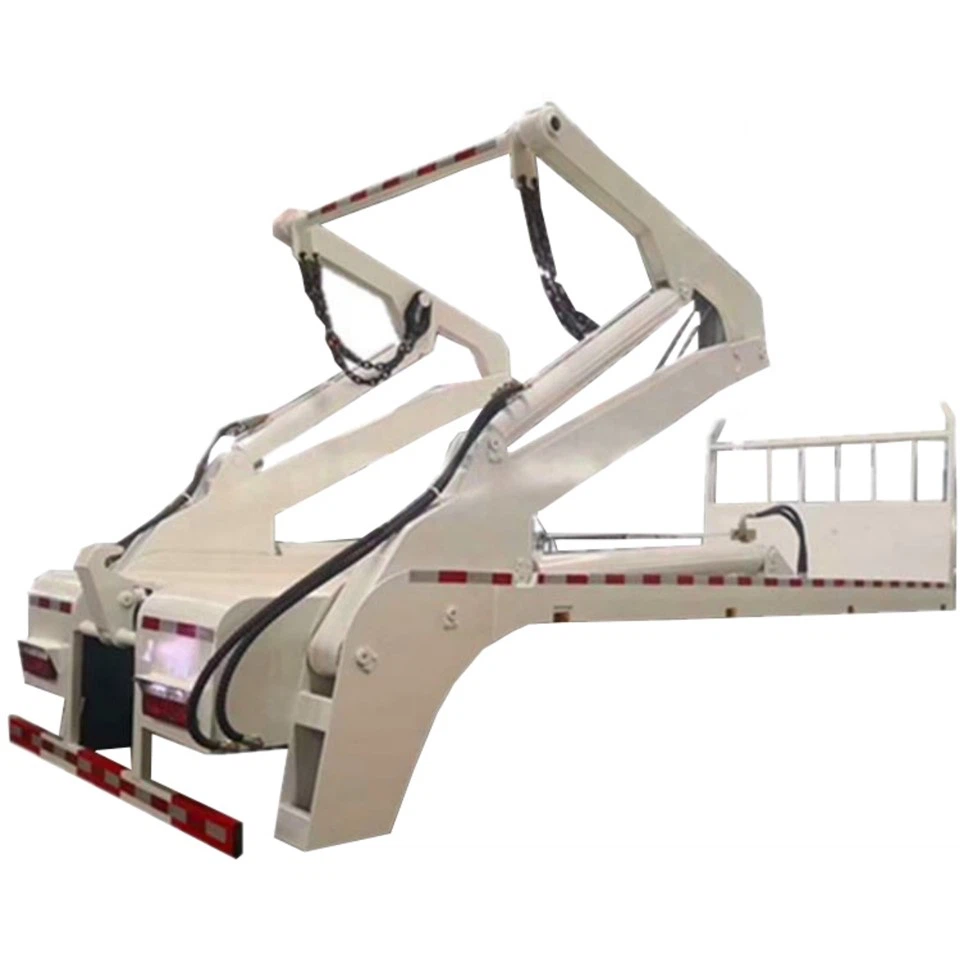Class C Motorhome Dimensions: Understanding Your Space on the Road

Motorhome enthusiasts often find themselves fascinated by various types of recreational vehicles, especially the versatile Class C motorhome. These vehicles are known for their unique build, practicality, and spacious interiors. In this comprehensive article, we delve into class C motorhome dimensions, exploring everything from standard sizes to the impact of dimensions on comfort and usability. Understanding these specifications is crucial for prospective buyers and renters alike, as it affects driving, parking, and overall living space.
1. What is a Class C Motorhome?
A Class C motorhome is a type of recreational vehicle often easily recognized by its distinct cab-over design, which provides additional sleeping space or storage. Generally built on a cutaway van chassis, Class C RVs offer more versatility than Class B vans while being easier to maneuver than larger Class A motorhomes.
1.1 Key Features of Class C Motorhomes
- Family-friendly layouts
- Ample storage and sleeping arrangements
- Generally easier to drive than larger RVs
- Cost-effective compared to Class A motorhomes
2. Standard Dimensions of Class C Motorhomes
The dimensions of Class C motorhomes can vary significantly based on the manufacturer and model. However, they generally fall within certain standard ranges:
| Dimension Type | Typical Range |
|---|---|
| Length | 20 to 33 feet |
| Width | 7 to 8.5 feet |
| Height | 10 to 12 feet |
| Interior Height | 6.3 to 7.5 feet |
2.1 Lengths Explained

Class C motorhomes typically range from 20 to 33 feet in length. Smaller models can be easier to drive and park, while larger models usually offer more living space. The length impacts not only the available room inside but also the handling and maneuverability of the vehicle.
2.2 Width and Height Considerations
Width often ranges between 7 to 8.5 feet. Height can reach up to 12 feet with the addition of air conditioning units or other equipment on the roof. Understanding these dimensions is essential when considering your travel routes—including bridge heights and narrow roadways in national parks.
3. Interior Layouts and Their Dimensions
3.1 Common Configurations
Class C motorhomes come in various layouts, allowing for different sleeping arrangements, kitchen setups, and bathroom facilities. Common configurations include:
- Overhead bunk designs
- Slide-out bedrooms
- Separate dining areas
- Full bathrooms versus wet baths
3.2 Practical Examples of Layouts
Here are a few examples of popular Class C models and their dimensions:
| Model | Length | Width | Height |
|---|---|---|---|
| Winnebago View | 25 ft | 7.5 ft | 10.5 ft |
| Thor Motor Coach Chateau | 30 ft | 8.5 ft | 11.5 ft |
| Forest River Forester | 28 ft | 8.5 ft | 11.3 ft |
4. Impact of Dimensions on Comfort
Understanding Class C motorhome dimensions is crucial for comfort when you’re on the road. Dimensions influence various aspects of the living experience:
4.1 Space Optimization
A well-planned interior can make a small space feel larger. For instance, convertible furniture, such as a sofa that turns into a bed, can maximize usability without overwhelming the area.
4.2 Adequate Headroom
Interior height is vital for comfort, especially for taller individuals. A typical interior height of 6.5 to 7.5 feet makes it easier to move around without feeling cramped.
4.3 Storing Gear and Equipment
Dimensions also affect storage capacity. Class C motorhomes often offer overhead bins, under-bed storage, and outside compartments specifically designed for recreational gear.
5. Driving and Handling Considerations
5.1 Driving a Class C Motorhome
Driving a Class C motorhome entails understanding its proportions. The driving experience can vary significantly based on the vehicle’s length, width, and weight.
5.2 Turning Radius
Generally speaking, the longer the RV, the larger the turning radius needed. Drivers should practice handling smaller models first to gain confidence before transitioning to larger versions.
5.3 Parking and Maneuverability
Since Class C motorhomes are easier to maneuver than larger RVs, parking in typical areas, including campgrounds and urban locations, is more straightforward. However, drivers should still be mindful of height restrictions and turning space.
6. Comparing Class C Motorhomes with Other Classes
6.1 Class A vs. Class C
Class A motorhomes are generally larger and more luxurious but also harder to drive. Class C models are more approachable for those new to RVing and often offer more affordable options.
6.2 Class B vs. Class C
Class B vans are more compact and often better for solo travelers or couples. They are easier to drive but lack the space Class C vehicles provide for families or larger groups.
7. Tips for Choosing the Right Class C Motorhome
7.1 Assess Your Needs

Consider your family size, travel style, and whether you need extra sleeping arrangements. Understanding your requirements is the first step in choosing the right motorhome.
7.2 Test Drive Before Buying
Get a feel for how the motorhome drives and handles. Pay attention to visibility, turning radius, and comfort while driving.
7.3 Check for Storage Space

Look for adequate storage options both inside and outside. Ensure there are enough compartments for gear and belongings.
8. Frequently Asked Questions (FAQ)
8.1 What is the average length of a Class C motorhome?
The average length typically ranges from 20 to 33 feet, depending on the specific model.
8.2 Can I park a Class C motorhome in a standard parking space?
Most Class C motorhomes can fit in standard parking spaces, but larger models may require more room. Always check the specific dimensions before parking.
8.3 How tall is a Class C motorhome?
Class C motorhomes generally range from 10 to 12 feet in height, including roof installations like AC units.
8.4 Is a Class C motorhome good for families?
Yes! Many Class C models are designed with family-friendly layouts, featuring multiple sleeping arrangements and ample living space.
8.5 What is the interior height in a Class C motorhome?
Interior heights typically range from 6.3 to 7.5 feet, providing comfortable movement space.
8.6 How do I choose the right Class C motorhome size?
Consider factors such as your family size, the number of travelers, storage options, and the types of trips you plan to take.
